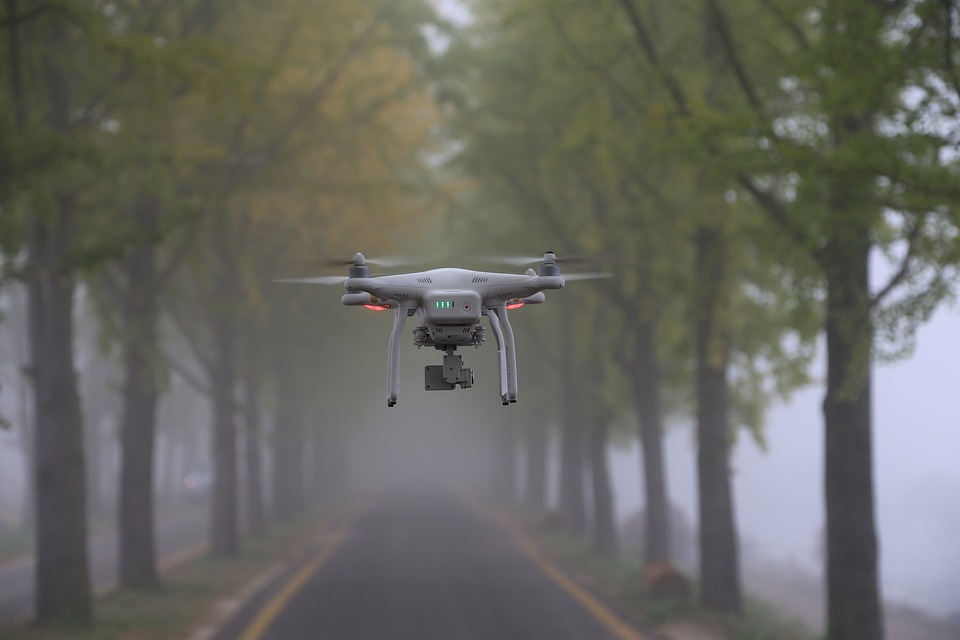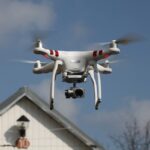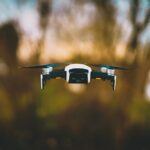Unmanned Aerial Vehicles (UAVs), commonly known as drones, have become increasingly popular in recent years. Whether you’re interested in capturing breathtaking aerial photos and videos, or simply want to experience the thrill of flying a remote-controlled aircraft, drone flying can be a rewarding and exhilarating hobby. However, piloting a drone can be challenging for beginners, especially with the numerous regulations and safety considerations that come with flying these devices. In this beginner’s guide to piloting UAVs, we’ll cover the basics of drone flying and provide essential tips for safely operating your drone.
First and foremost, it’s crucial to familiarize yourself with the laws and regulations governing drone flying in your area. In the United States, for example, the Federal Aviation Administration (FAA) requires drone operators to register their UAVs and follow certain guidelines when flying. These regulations cover aspects such as maximum altitude, airspace restrictions, and prohibited flight locations. Make sure to thoroughly research the rules and requirements in your region before taking your drone out for a flight.
Once you’ve familiarized yourself with the regulations, it’s time to choose the right drone for your needs. There are many different types of drones available on the market, ranging from basic toy drones to advanced professional models. Consider factors such as flight time, range, camera quality, and ease of control when selecting a drone. For beginners, a simple and affordable model with basic features may be a good starting point.
Before taking your drone for its maiden flight, practice flying in a safe and open area. Start by learning how to properly calibrate and set up your drone, as well as understanding the basic controls and maneuvers. It’s important to take things slow and gradually build up your skills as you become more comfortable with piloting your UAV. Remember to always keep your drone within line of sight and avoid flying in crowded or restricted areas.
Safety is paramount when it comes to drone flying. Always check the weather conditions before taking your drone out for a flight, as strong winds or rain can affect its stability and performance. Be mindful of your surroundings and avoid flying near people, animals, or buildings to minimize the risk of accidents. It’s also a good idea to invest in a sturdy carrying case and spare batteries for your drone, as well as keeping a safe distance from other aircraft and manned vehicles.
As you gain more experience and confidence in flying your drone, you can start experimenting with advanced flight modes and techniques. Many drones come equipped with features such as GPS navigation, automatic flight stabilization, and follow-me mode, which can enhance your flying experience and make capturing impressive aerial shots easier. Practice flying in different environments and situations to improve your skills and become a proficient drone pilot.
In conclusion, drone flying can be a fun and rewarding hobby for beginners, but it requires patience, practice, and adherence to safety protocols. By following the tips and guidelines outlined in this article, you can enjoy a smooth and enjoyable drone flying experience while minimizing the risk of accidents or legal issues. So grab your drone, head outdoors, and let your imagination take flight as you embark on your UAV piloting journey.





